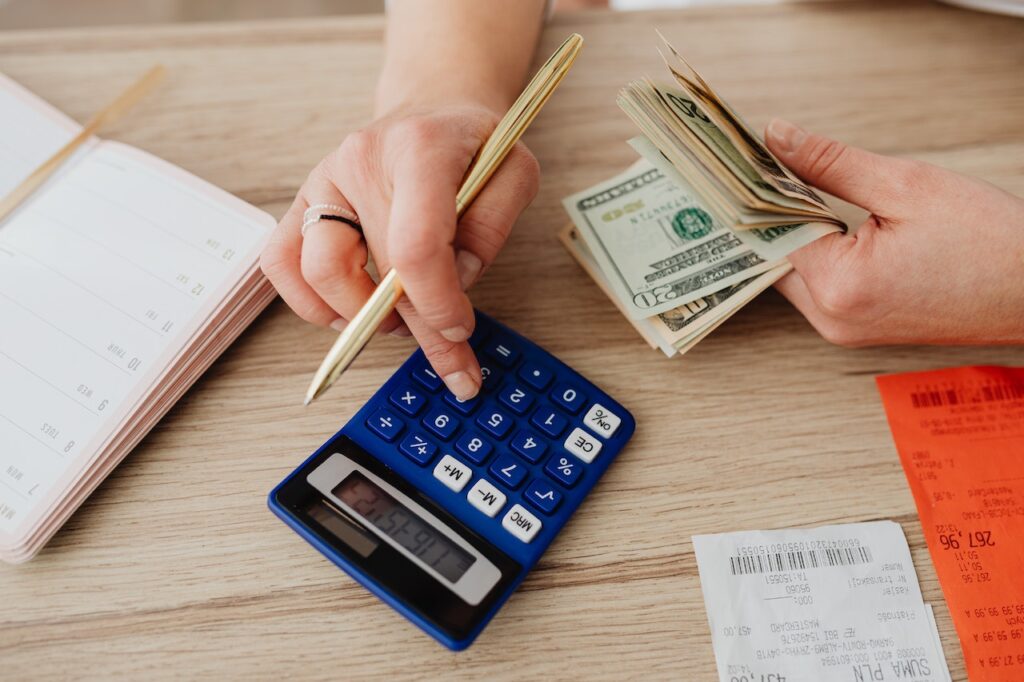Inflation is the rate of increase in prices over a given period of time. Inflation is typically a broad measure, such as the overall increase in prices or the heightening of the cost of living in a country. However, the inflation can also be calculated for certain product, such as clothes, or for services, such as healthcare, for example. Whatever the context, inflation represents how much more expensive the relevant set of goods or services has become over a certain period, most commonly a year.
What Creates Inflation?
Long-lasting episodes of high inflation are often the result of flabby monetary policy. If the money supply grows too big relative to the size of an economy, the unit value of the currency diminishes; in other words, its purchasing power falls and prices rise. This relationship between the money supply and the size of the economy is called the quantity theory of money and is one of the oldest hypotheses in economics.
Pressures on the supply or demand side of the economy can also be inflationary. Supply shocks that disrupt production, such as natural disasters, or raised production costs, such as high oil prices, can reduce overall supply and lead to cost-push inflation, in which the impetus for price increases comes from a disruption to supply.
Conversely, demand shocks, for example a stock market rally, or expansionary policies, such as when a central bank lowers interest rates or a government raises spending, can temporarily boost overall demand and economic growth. If, however, this increase in demand exceeds an economy’s production capacity, the resulting strain on resources is reflected in demand-pull inflation.
Measuring Inflation
Consumers’ cost of living depends on the prices of many goods and services and the share of each in the household budget. To measure the average consumer’s cost of living, government agencies conduct household surveys to identify a basket of commonly purchased items and track over time the cost of purchasing this basket. Housing expenses, including rent and mortgages, constitute the largest component of the consumer basket in the United States.
The cost of this basket at a given time expressed relative to a base year is the consumer price index CPI, and the percentage change in the CPI over a certain period is consumer price inflation, the most widely used measure of inflation. For example, if the base year CPI is 100 and the current CPI is 110, inflation is 10 percent over the period.
What Is High Inflation Mean?
Inflation running at higher than 5 percent is a phenomenon. Inflation higher-than-normal inflation is bad for the economy for many reasons.
The annual inflation rate for the United States is 8.2 percent for the 12 months ended September 2022.
For consumers, higher prices on essential goods like food and gasoline may become unaffordable for people. Fortunately, for some inflation can make it easier to pay off debts.
If prices of goods or services are falling – in the case of deflation – companies may be hesitant to invest in new plants and equipment, and unemployment might rise.
What Are The Risks Of High Inflation?
If inflation stays elevated for too long, it can lead to hyperinflation. The prices will keep rising fuels more inflation, which reduces the real value of currency.
In the most extreme cases, the high inflation or the spiralling prices can lead to a collapse in a currency’s value. People will want to spend any money they have as soon as they get it for fear that prices will rise even over short periods of time.
However, central banks, such as the United States Federal Reserve, act to avoid the hyperinflation, typically, by increase the interest rate, to try to reduce inflation before it gets out of control.
However, if the United States Federal Reserve raises interest rates too quickly, it can even cause a recession and result in higher unemployment – as the United States experienced in the early 1980s.
